I am using the following data frame in R
TIME PRICE
2013-01-01 23:55:03 446.6167
2013-01-01 23:55:02 441.0114
2013-01-01 23:54:59 446.7600
I am using function ggplot to plot the data points and label fixed intervals using scale_x_datetime.
library(ggplot2) # including necessary libraries
lims <- as.POSIXct(strptime(c("2013-01-01 00:00:00","2013-01-01 23:59:00"), format = "%Y-%m-%d %H:%M:%S"))
ggplot(open,aes(x=TIME,y=PRICE))
+ geom_point(size = 1.0, color="navy")
+ xlab("Time")
+ ylab("Price")
+ ggtitle("time vs Price ")
+ scale_x_datetime(breaks = date_breaks("200 min"), minor_breaks=date_breaks("15 min"), labels=date_format("%H:%M:%S"),limits=lims)
Despite specifying the limits, the x axis labels are not in order as shown beneath:



